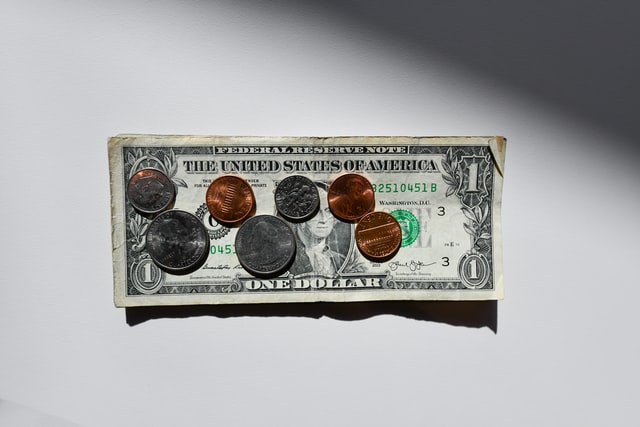Forward: I am approaching this journey with a sincere and humbled heart. I acknowledge all the challenging work, sacrifice, and experiences that have allowed for this privilege. Thank you, Universe.
We drove 3,200 miles (about the width of the United States) over 5 days, leaving on February 9, 2022, and arriving on February 13, 2022. I was the driver of a 26-foot Penske truck carrying our material possessions.
With each gas stop and overnight sleep, I could not help but notice all the visual signs of homelessness, encampments, and poverty-stricken communities along Route 70/Route 66 and I-5. This was true for every single state we drove through from Ohio to Washington. If you are wondering, that is 12 states.
I found myself feeling both empathy and anxiety toward every person we encountered or passed. We were moving to a state that has seen a significant increase in the number of people experiencing homelessness. As we traveled farther from our home state, seeing visible experiences of homelessness reminded me of the increasing unaffordability of today’s housing market and underscored the uncertainty of moving so far from home.
Another common scene was the Family Dollars or Dollar General Stores that were present in the same places that held one or two gas stations and cheap motels. This got me thinking about whether there was a correlation between those experiencing homelessness and the dollar stores. So, I Googled “Dollar Stores and Homelessness.” Low and behold, “food deserts” begin to pop in every article. Dollar General has 16,500 stores in 46 states (slightly more than McDonald’s, for perspective). In 2020, these stores served up to 75 percent of the population who live within 5 minutes of their local store.
Their model, from what I read, targets households with an income of $40,000 or less. I looked further into the history and business model of one of these stores, Dollar General, to better understand the factors at play. The first Dollar General was opened in 1929 during the Great Depression by J.L. Turner. He passed his generational wealth on to his son, grandson, and subsequent generations. Never once was the store phased by the Great Depression, any recession, or economic downturns. They have continued to profit—with over $6 billion in annual business sales in 2018 (LA Times).
The sad but common theme that jumps out to me is families and individuals in poverty, experiencing homelessness, or at risk of homelessness have extremely limited choices, if any, as to where to spend their income and resources; let alone a choice to not continue to support these multi-generational white-owned businesses of wealth and privilege.
I dug a little deeper into Dollar General’s business model and found the following:
- Stores are primarily located in areas where the population is 20,000 people or fewer.
- Since 2016, the stores have grown into metro, downtown, and urban areas, focusing on millennials. Since 2020, many new stores have expanded their offerings to include grab-n-go salads and coffee stations.
- Stores pay minimum wages, employing an average of 9 people per store.
- Prices on goods are one dollar or less.
- The stores stock food and beverages that are of lower nutritional value or quality—further limiting choice.
- The stores accept Electronic Benefit Transfer (EBT)/ Supplemental Nutrition Assistance Program (SNAP) cards.
- Stores compete with local and rural small businesses.
- Not-so-popular brands or no-name brands are stocked.
- Most items can be found cheaper in other stores further away.
The founding fathers of this country gained and built their fortunes from the backs of Black, Indigenous, and People of Color (BIPOC)—ancestors of this country and others. Since 1929, the “Founding Fathers” and their families of these dollar stores have profited from people’s poverty, pain, and suffering across 45 states in this country.
How can we fix this? Could we mandate an outcome focus for these businesses to learn about the 500,000 people on any given night who are experiencing homelessness? Could we direct a portion of their profits into establishing affordable housing—a much greater need than what can be purchased in these stores? From what I experienced on our cross-country trip: I feel that we need corporations to give back to the people who have no choice but to support the few businesses serving their communities.


